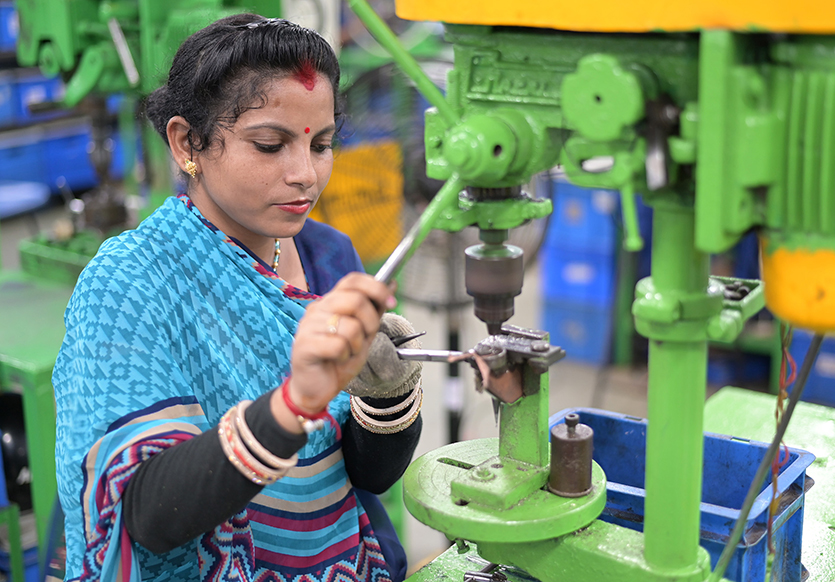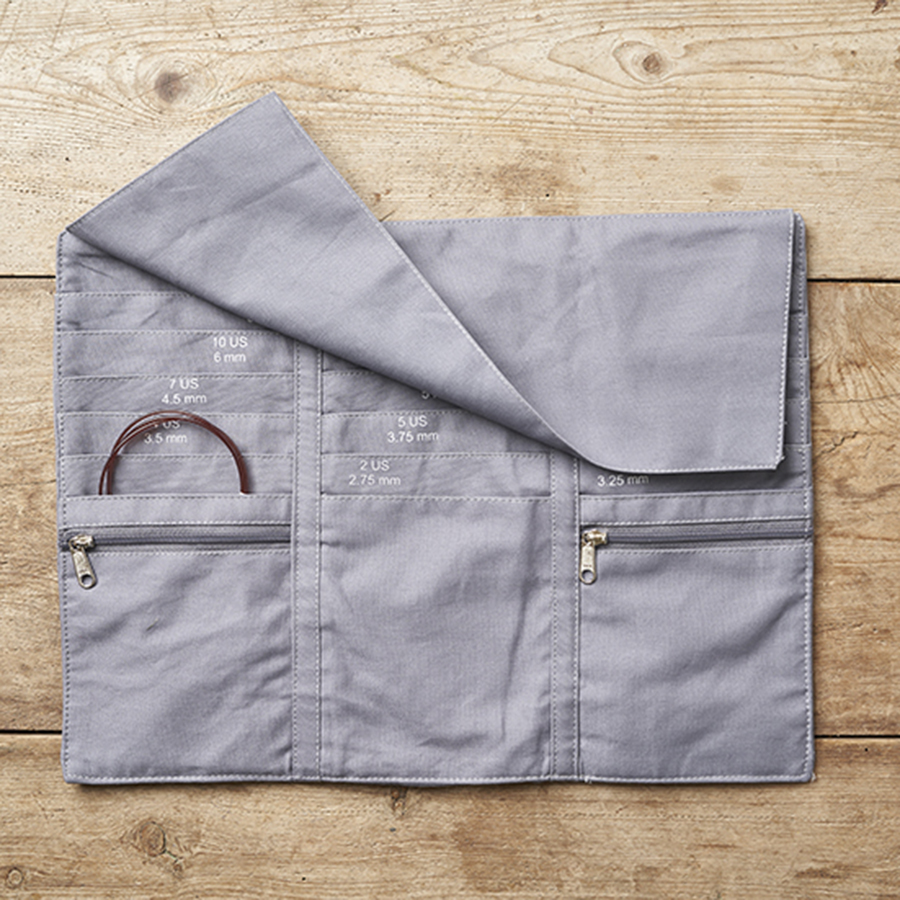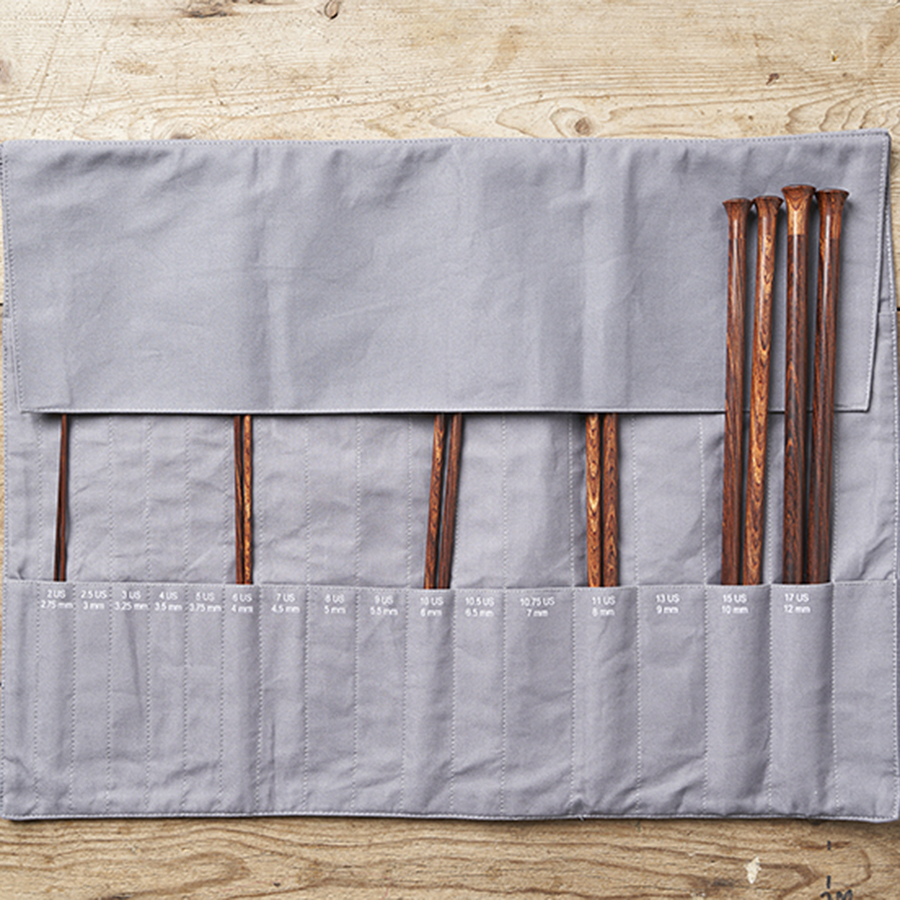The Making of Rowan Needles & Crochet Hooks
Crafted from compressed birch wood and resin, our manufacturing partners have created a smooth, strong needle that makes for a superior knitting and crochet experience.








Manufactured from FSC-certified laminated birchwood, Rowan crochet hooks are beautifully crafted to ensure the smoothest handling whilst crocheting. Available in a variety of sizes from 2 mm up to 10mm, the hooks are fashioned in a beautiful bronze colour with a birchwood handle. The Rowan logo and mm/US needle sizes are printed in silver on the handle.
Manufactured from FSC-certified laminated birchwood, Rowan crochet hooks are beautifully crafted to ensure the smoothest handling whilst crocheting. Available in a variety of sizes from 2 mm up to 10mm, the hooks are fashioned in a beautiful bronze colour with a birchwood handle. The Rowan logo and mm/US needle sizes are printed in silver on the handle.
Crafted from compressed birch wood and resin, our manufacturing partners have created a smooth, strong needle that makes for a superior knitting and crochet experience.

Birch wood is sourced from Finland and Estonia, then fine layers are combined with resin, and the addition of heat and pressure makes a hardy laminated composite ready for shaping into dowels, and then to the final needle or hook shape.

Produced for Rowan in Jaipur, India, highly skilled craftsmen shape each individual needle. For circular needles, the metal joinery is glued securely in place, and cords added. The needles are polished, our signature Rowan mark and information are printed in place, and they are all packaged in recycled cardboard cases. Unlike at most manufacturing facilities in India, almost half the employees are women.

No woman who asks for a job is turned away; all women are transported to and from work; men are given a bicycle on their first day. These are some of the ways workers are supported and shown their value. In a nearby community a free school has been set up, now with close to 1,000 students, to secure a better future for a new generation. The school encourages girls to stay at school longer than the age of 13, which can be typical in rural Indian villages.